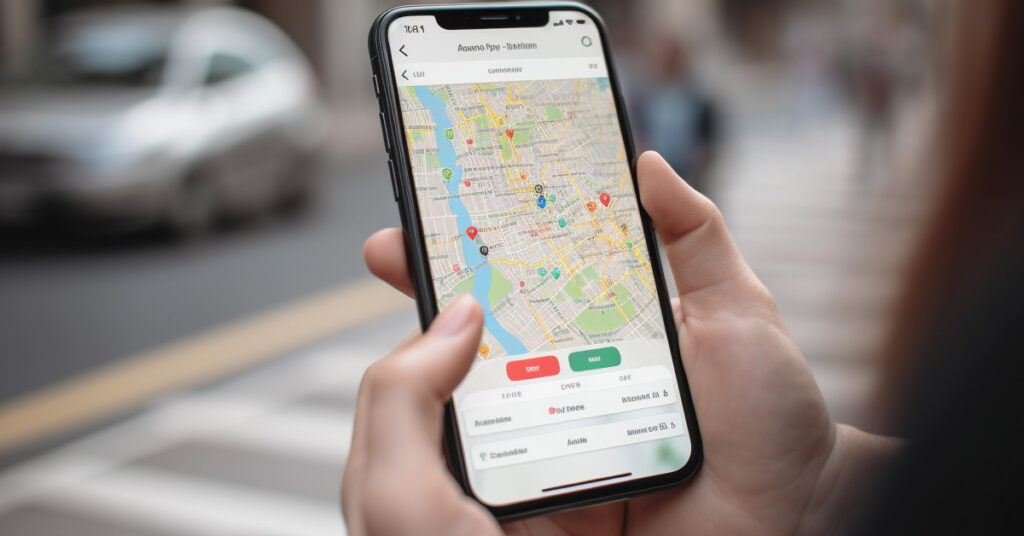Local presence management is a marketing concept that employs multiple systems and strategies to improve, monitor and maintain a geographically targeted business presence online. The concept was coined as early as 2017 but has since evolved into a formal discipline on the basis of its complexity and necessity.
Businesses have long been able to utilize the single functions of SEO, Social Media, and their Google My Business listings as organic means of promotion. Establishing a presence isn’t as simple as it once was, with the increase in privacy functions of social media along with the widespread use of apps.
Business owners relying on Facebook for marketing exposure for instance, have witnessed dramatic changes in their ability to reach their audiences. Consumers in fact have come to rely more on search engines and apps to locate businesses and service providers.
Local presence management is a practice that focuses on five areas termed as “producers”, that each are in a state of constant evolution. The fact that each of these categories of producers are best addressed as a group is based on the reality that they often work in tangent with each other. These categories are:
- Social channels
- Organic Search
- Directories, apps and niche listing services
- Advertising
- Brand validation
Below are some examples of how and why they function together. None can function alone as the perfect marketing solution without the aid of another element. Local presence management when executed correctly, will tie all of these together and can even help to improve the number of clicks and visits from channels where your company already has a presence.
Consumer Brand Investigation
Facebook and Instagram ads often push consumers to investigate a brand for the purpose of validation (Who is this company and what is their presence in the market?). Many small businesses occupy only a Facebook page and have either neglected their website or have opted out of having a website altogether.
Even a great company with a good website can be lacking in market validation and stand to lose considerable numbers of prospective customers. Consumers that click the ad, yet fail to find validation of the provider in another category of presence representation will very often choose a competitor that IS represented favorably.
Data Aggregation on Voice Search and Map Apps
Popular apps like Siri, Alexa, including the iPhone Maps app and Waze don’t collect their business information from the same place.
While opening a business profile on Merchant Circle or Foursquare hasn’t been on anyone’s radar for quite a while, these directories are alive and well supplying the databases of numerous mobile apps and online directories.
As a matter of fact, Amazon changed its source of business data to Yext. Do you know if you’re listed in Yext? The sources of data for apps and secondary business directories are always emerging and changing. Initial coverage scans should include all available data sources and sync your business profiles to match current information, and make insertions in places where the business is not visible. An effective provider of local presence management will run frequent searches and quickly detect listing changes that impact your business before they become an issue.
Sources of Positive Validation
Validation can be positive search placement, positive market signals such as good reviews, word of mouth, positive image, and satisfying copy. Let’s say that we need a plumber, and have seen a company on Facebook and/or is advertising there. A significant percentage of consumers will leave Facebook and look for the company online even after clicking an ad. If the company doesn’t occupy a positive and competitive position elsewhere, the consumer is prone to abandoning the brand they are searching for and choosing a more competitive and professional competitor. Most companies fall victim to costly “lost prospect clicks”, when a consumer clicks an ad but later calls a different provider. If it’s believed and accepted that it is normal and acceptable to serve 100 clicks only to receive 4 phone calls, your brand validation is a serious problem.
Local Presence Management Helps You Connect to Your Customers
Local presence management is a process that bridges the connection between each of these consumer-producing functions to strengthen a brand in all of the places that customers are likely to observe them.
There are dozens of management factors involved in the effective management of an online business presence. The good news is that a business owner doesn’t need to learn all of them OR keep up when something in the business landscape changes (which is frequent).
Capable firms are able to perform the functions of improvement, monitoring and maintenance using a variety of different tools that are very cost-effective.
Today’s business ecosystem is no longer a “set it and forget it” world, and there are no singular “quick fixes”. Simple corrections however, can produce a relatively quick result.
No company has a business presence that is ever going to be perfect, but you can get close. The market is in a constant state of evolution, so businesses need to (A) Solidify their presence in all available channels, and (B) Maintain a business presence in order to create “staying power”.
The days of someone calling you to say that they can put you in the Google 3-pack or make you rank #1 for something are on shaky ground. Sometimes maybe they can and then again maybe not, but nowadays that’s only one piece of a much larger puzzle in the grand scheme. Single or even dual-dimension strategies are quickly headed for the door.







